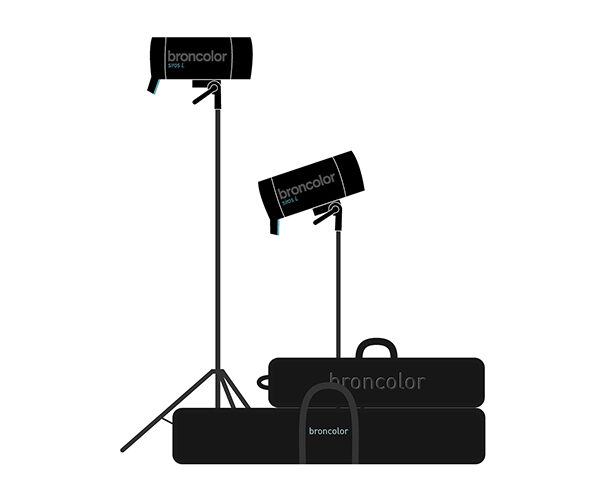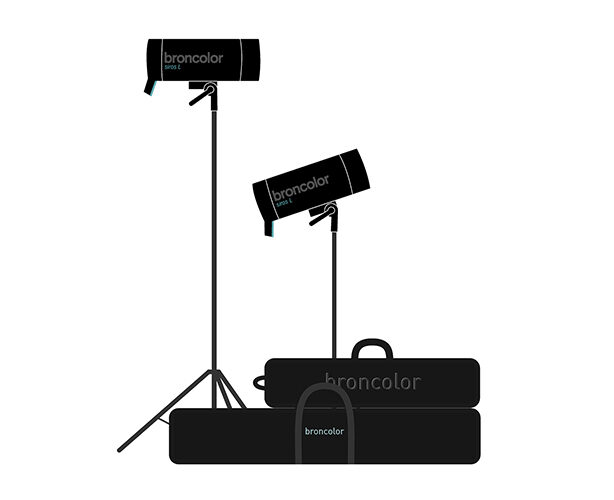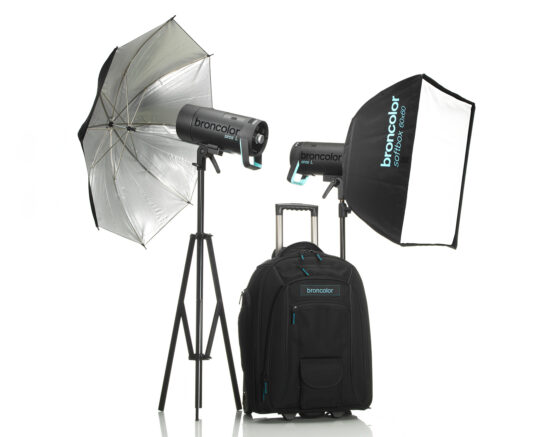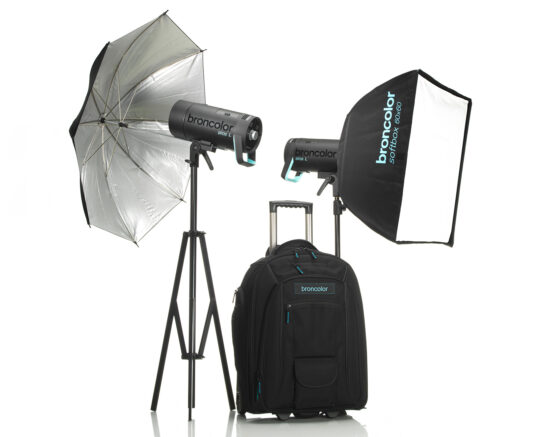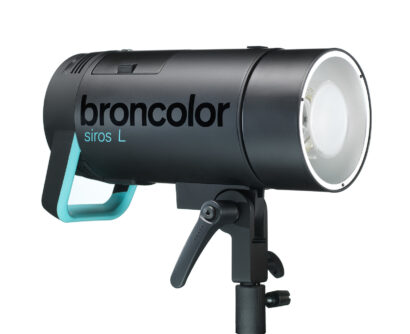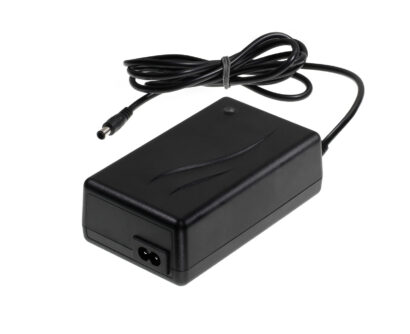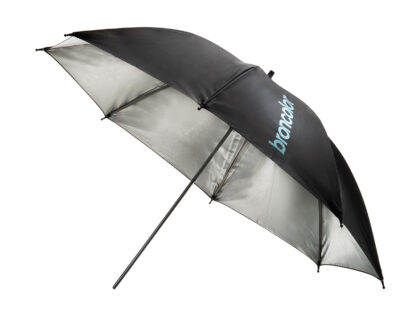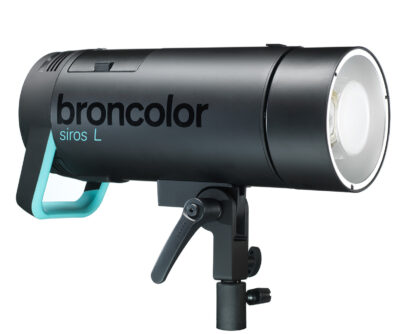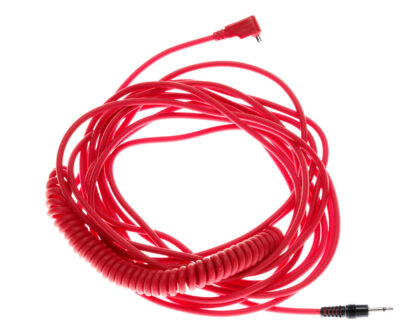Login
Frequently Asked Questions
About Siros L
What is the difference between a monolight and a power pack?
A monolight combines power supply and lamp unit in one housing. There is no need for a lamp cable, making the device very handy and convenient. A battery-powered monolight allows you to work completely wireless. In order to keep size and weight to a minimum, monolights are limited when it comes to flash power. Each monolight features its own controls and works independently of other monolights. The whole system is not down in case of a technical issue.
A power pack usually stands on the ground, therefore size and weight are not as critical as compared to monolights. Therefore, they offer substantially more flash power. Several lamp heads are connected to and controlled by one power pack. In case of a failure the whole system may be temporarily down. The (separate) lamp heads are much smaller and lighter than monolights.
How many flashes per battery can be achieved?
440 flashes (Siros 400 L) respectively 220 flashes (Siros 800 L)
Does Siros L feature the broncolor HS function?
Yes, both Siros 400 L and Siros 800 L support this function (flash power level 4 to 10 only).
Please note: Among the mains powered devices (Siros S), only the 800 S does offer the HS function.
Which radio remote controls can broncolor Siros L monolights be controlled with?
- broncolor RFS 2.1 system:
- RFS 2.1 Transceiver (Transmitter kit) | item number 36.133.00
- broncolor RFS 2.2 system:
- RFS 2.2 C Transmitter (Canon) | item number 36.160.00
- RFS 2.2 F Transmitter (Fujifilm) | item number 36.163.00
- RFS 2.2 N Transmitter (Nikon) | item number 36.161.00
- RFS 2.2 S Transmitter (Sony) | item number 36.162.00
What type of battery does broncolor Siros L come with?
It comes with a 28.8 V / 2.5 Ah / 72 Wh Li-Ion battery with integrated battery status (item number: 36.155.00).
Is colour consistency maintained when using HS?
Activating the broncolor HS function has a small influence on colour temperature.
However, other light sources such as daylight or ambient light usually have a stronger impact on colour temperature.
Hence, the broncolor HS function’s influence on colour temperature is alleviated in sunny conditions.
HS is meant to be used in a bright outdoor environment.
How to read the battery indicator?
The battery indicator can have several states during operation, charging, or if an error occurs. It can typically be green or red, and have the possibility to blink. Each combination has a specific meaning.
To understand it fully, please read the following document: Siros L - battery indicator
How does HS compare to short flash duration?
Without HS, the minimal flash duration cannot be shorter than the fastest shutter speed of the camera (X-sync).
The broncolor HS function provides a way to circumvent the restriction imposed by the X-Sync time:
1) The flash fires before even one pixel of the image sensor has been uncovered
2) The first shutter curtain starts to open
3) The second shutter curtain starts to close (think of it as a scanning procedure)
4) The flash continues to burn (like a continuous light) and only stops when the scanning procedure is complete. For this reason we need the longest possible flash duration. The result is a great feature; now you can use a large aperture to provide an out-of-focus background, or simply freeze super-fast motions.
Is the full power range of the flash available in HS, or am I limited to certain power levels when using HS?
While working in HS mode you are only able to use flash power level 4 to 10 with Siros L.
While working in HS mode you are only able to use flash power level 6 to 10 with Move 1200L.
Will using HS impact the battery life (does it use more power?)
In general – under the same lighting conditions (i.e. ambient light) – the broncolor HS function does not impact battery life.
If I have a camera not supported by HS (Fuji, Leica, Phase One / Mamiya) is there any risk of damage to the camera using an RFS2.2 transmitter, should I use an RFS2.1 transmitter?
RFS 2.2 is available in three versions, for Canon, Nikon and Sony, always optimized for its operation.
The use with other camera systems is not recommended.
The RFS 2.1 transmitter is a more universal device, hence able to work with many camera makes other than Canon, Nikon or Sony.
Please note that with the RFS 2.1 the broncolor HS function is not supported.
What about brightness gradation when using the broncolor HS function?
Under studio (“interior”) conditions, a certain degree of brightness gradation (from top to bottom) may occur. This effect varies depending on the camera model.
Outdoors in bright sunlight – the ideal environment for the broncolor HS function – the mentioned brightness gradation is neglectable.
What kind of modelling light does the Siros L have?
25 W LED, 3000 K
What do I need to know about storage and charging of lithium ion batteries?
AFTER RECEIPT, IT IS ESSENTIAL THAT YOU FULLY CHARGE THE LITHIUM-ION BATTERIES IMMEDIATELY AND STORE THEM IN THIS WAY.
They must be recharged after a maximum of 5 months. If the batteries are not charged, they can fall into a deep discharge state and then usually cannot be recharged, i.e. they are defective and can no longer be repaired. In such cases, no guarantee or goodwill can be given.
Download
Looking for more details?
-
Datasheet
Download.PDF -
Manual EN DE FR
Download.PDF -
Battery Indicator
Download.PDF -
Brochure EN
Download.PDF -
Brochure DE
Download.PDF -
Brochure FR
Download.PDF -
Conformity
Download.PDF -
Li-Ion batteries storage and charging
Download.PDF -
Description of error codes for Siros
Download.PDF

Siros L
Battery Powered Studio Quality
31.750.XX
Manufacturer’s Suggested Retail Price | excl. VAT
4,837.00 EUR
includes:
2 Siros 400 L (with broncolor "HS")
2 Lithium-Ion batteries
1 battery charger
1 umbrella silver/black Ø 85 cm / 33.5"
1 Softbox 60 × 60 (cm) / 2 ft x 2 ft incl. Speed Ring
1 sync cable 5 m / 16.4 ft
1 Outdoor trolley backpack
1 USB cable
1 operating instructions
1 safety instructions


